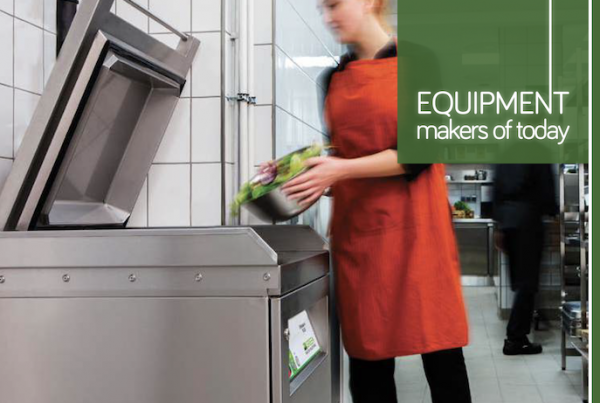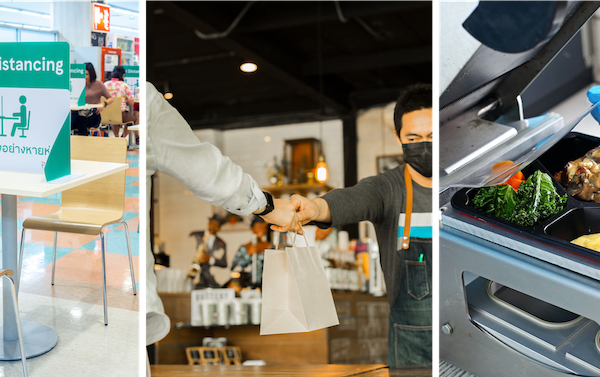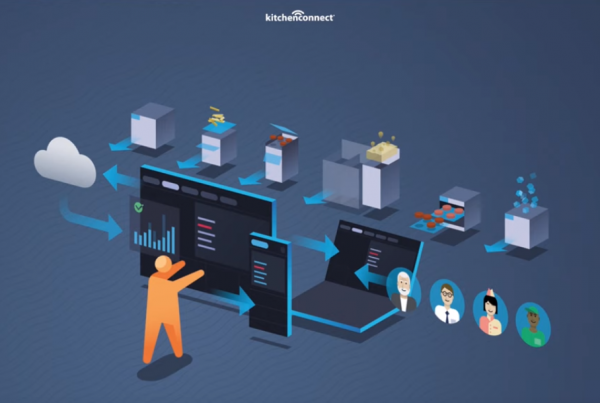Food packaging exists to make our lives easier. We need food packaging to contain and protect it from the outside environment, for convenience and to communicate information to potential consumers about the food inside the packaging. Therefore it comes as no surprise that food packaging plays a significant role in preserving, protecting, merchandising and marketing food so that it reaches consumers in a safe and wholesome form. Food products like frozen food, dry grocery items, and perishables require special packaging that will protect it against the dangers of temperature, manhandling, contamination, shock vibration, compression, and permeation. In fact, even the type of packaging material that comes into contact with food can contribute to changes in these food products over time. Therefore, it is absolutely crucial that several factors are considered when choosing the right type of packaging for a particular food product.
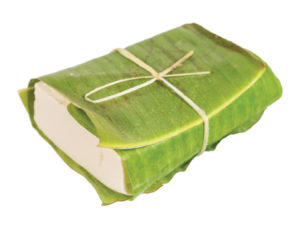
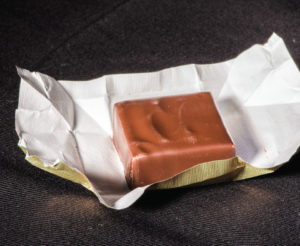
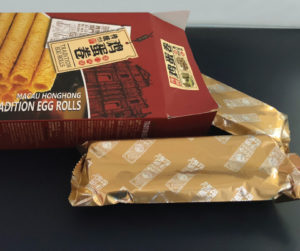 DELVING INTO HISTORY
DELVING INTO HISTORY
In ancient times, there was no real need for packaging food as it was cooked and consumed immediately. But as civilizations grew, the need to contain, protect, and transport food supplies became critical. Primitive man used to carry food using vessels and containers made from natural materials in the form of tree leaves, bamboo, lotus and palm leaves, gourds, coconut shells, shells and animal skin. Later on as minerals, ores and chemicals were discovered, metals and pottery were developed leading to the use of new materials including fabrics, ceramics, metal, lacquer wood, wood ware, jade ware and certain types of paper. Today, food packaging is made from various different materials and comes in several different shapes and sizes.
PACKAGING IN ITS DIFFERENT FORMS
Packaging in itself is the science, art and technology of enclosing or protecting products for distribution, storage, sale and use. When food goods are shipped to a client or distribution centre, different types of packaging are used to fit each item for transport and protection purposes. To date, there are three main types of packaging that are used.
Primary packaging is the primary pack or container that comes in direct contact with the food they contain. Examples include metal cans, glass bottles, jars, rigid and semi-rigid plastic tubs, collapsible tubes, paperboard cartons, and flexible plastic bags, sachets and over wraps.
Secondary packaging is a secondary container usually an outer box, case or wrapper that holds a single primary pack or “unitizes” several packs together like cans, jars, or pouches. The main purpose of secondary packaging is to minimize risks to the product in their primary packs during storage, transport, and distribution. Examples include wooden, metal or fibreboard cases, crates and sacks.
Tertiary packaging (also called unit packs or pallet loads) combines all of the secondary packages into one pallet and is used for bulk handling, warehouse storage and transport shipping. Typically, a forklift truck or similar equipment is used to move and transport these tertiary loads.








